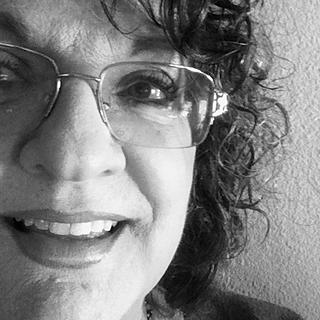Good Nutrition for Special Needs Teens
- Susan Traugh
- Apr 16, 2024
- 3 min read
Updated: Nov 5, 2024

Public Health Week is a great time to teach teens with special needs about good nutrition. Good nutrition education is vital to the health and well-being of our youth. Healthy eating and an active lifestyle can provide teens with a longer and better quality of life.
Nutrition and Young People
Unfortunately, kids are not getting the message about nutrition. According to the CDC (Center for Disease Control and Prevention) the prevalence of obesity in our teens has tripled in the last 20 years*. Fully 80% of high school students don’t eat enough fruits and vegetables on a daily basis. Eight in ten teen girls don’t get enough calcium and less than 40% of teens follow the guidelines for saturated fat.
Knowledge is Power
Before teens can follow the guidelines for nutrition, they have to understand them. You can start educating your students on making healthy choices by teaching them how to read a food label. Download the free “Reading a Food Label” lesson from the Nutrition workbook that is part of the Daily Living Skills series. This lesson provides step-by-step instructions to break down the information on nutritional food labels and allows students to understand their meaning.
How to Use the Lesson
While you may use the Nutrition workbook in this series to introduce students to healthy food habits (using the Food Pyramid, MyPlate, and Divide My Plate examples) you may also use whatever resources you are currently using. Explain the food groups and the kinds of nutrients we are looking for in each group then introduce the “Reading a Food Label” lesson.
Once students have completed the worksheet provided, allow them to compare labels on empty boxes and cans of other food products.
Then let them use the cans and boxes to “prepare” a healthy meal as defined by single portions listed on the food labels.
For More Information
Nutrition is one of the Daily Living Skills workbooks addressing a single topic necessary for adult living. In addition to the lesson shown here, topics also include why we eat; the value of vitamins; food programs such as the Food Pyramid, MyPlate and Divide My Plate; calorie counting; calculating your weight; stepping up to a fitness plan; free fitness; nutritious eating on the cheap; meal planning and more.
Or, teach across the curriculum through cooking and nutrition. Nutrition can help you address health lessons on vitamins, energy, and physical fitness. Kitchen Basics teaches measuring, safety, and cleanliness. Grocery Shopping hones those essential math skills using cost comparison, pricing, and budgeting. You can further practice those math and reading skills with Essential Skills in Grocery Shopping. Use the acquired knowledge obtained from previous books to cook a variety of meals with Making Meals. Or, plan one or more in-depth field trips with Grocery Shopping Field Trip Guide and Picking Produce where students bring their guide-to-selecting-produce booklet to find the tastiest fruits and vegetables. Dozens of recipes allow them to try new foods and improve their cooking skills. In the end, you’ll have a savvy shopper with vast experiences selecting and making lots of new, healthy recipes.
If you like what you see, go to our Teachers Pay Teachers Website, or check us out our shop on our very own T2L & DLS Website! Books are written on a 3rd/4th grade level and include grading sheets, answer keys and parent information letters to comply with federal standards for transition skills. The Teacher’s Manual (sold separately) provides information on program set-up and maintenance along with pre/post-assessments, written ITP (Individual Transition Plan) goals for each book, and parent/student interest inventories.
Source:
*Centers for Disease Control and Prevention. U.S. Department of Health and Human Services. November 2008. www.cdc.gov/HealthyYouth/Nutrition.









Comments